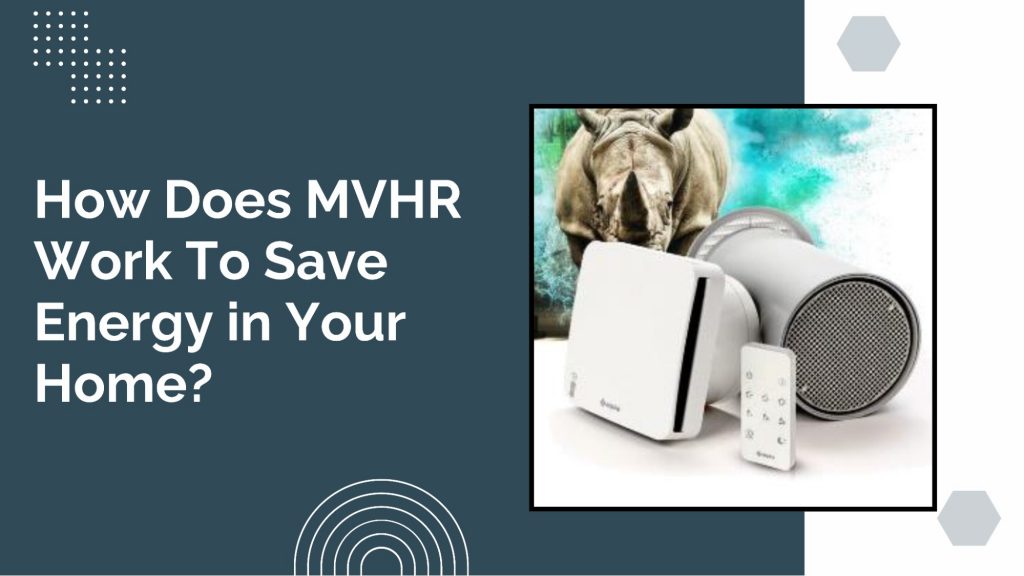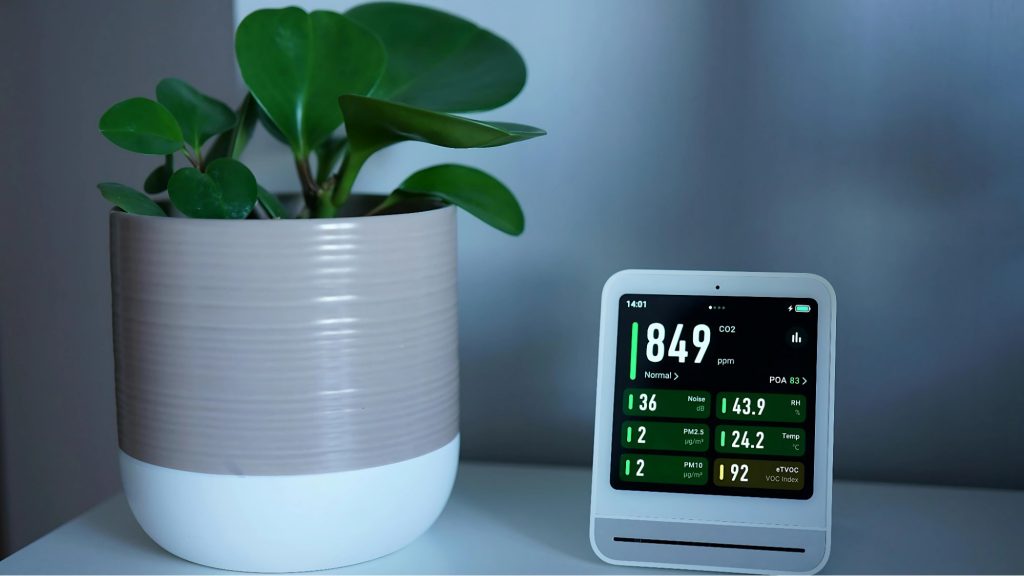Latest Blog
How Does MVHR Work To Save Energy In Your Home?

Most homeowners want lower heating bills and cleaner air inside their homes. Mechanical Ventilation with Heat Recovery (MVHR) is a practical solution that helps control heating costs and improve indoor air quality. As energy prices climb across the UK, finding affordable ways to keep warm and breathe easy is more important than ever.
MVHR systems are gaining attention in modern and refurbished homes, particularly in areas where air pollution is high or airtight homes are common. Here is what you need to know about how MVHR works and the benefits it brings.
What Is MVHR and How Does It Work?
MVHR stands for Mechanical Ventilation with Heat Recovery. This system pulls stale, damp air out of rooms like kitchens and bathrooms while bringing in fresh air from outside. The magic happens with a heat exchanger: it captures warmth from the outgoing air and transfers it to the fresh air entering the home. This way, you get plenty of fresh air without losing heat.
The main parts of an MVHR system include-
- Ventilation Units (these draw air in and push air out)
- Ducts (these move air to and from rooms)
- Heat Exchanger (transfers warmth from outgoing air to incoming air)
When set up, vents in different rooms connect through ducts to the central unit. The system runs quietly, usually in the loft or cupboard. Air from your home goes into the unit, passes its warmth to the fresh cold air coming in, then leaves the home. The new, warm air then travels to the main rooms.
You can pick between centralised systems (one unit for the home) and decentralised heat recovery ventilation models (smaller units for single rooms or flats). Central units suit larger houses, while decentralised systems work well if you only want to ventilate certain areas or are adding heat recovery to a flat. Both aim to reduce heating costs and promote indoor air quality.
How MVHR Helps Cut Heating Costs and Boost Indoor Air Quality
Maintaining warmth during winter comes at a high price. Traditional ventilation means opening windows or using fans, which lets costly heat escape. MVHR keeps your home warm by recycling the heat from outgoing air and passing it on to the incoming air. This helps lower heating costs, as you are not always running the boiler to replace lost heat. You can keep windows closed on cold, windy days, knowing the system provides fresh air without losing warmth.

MVHR makes a big impact on air quality. Instead of just re-circulating stale air, the system removes excess moisture, cooking smells, allergens, and tiny particles from inside the home.
This is especially helpful in new, well-sealed homes and properties near busy roads or in polluted areas, where opening windows invites noise and dust.
Homes built to modern standards or freshly insulated can especially benefit, as they are often so airtight that fresh air cannot move through naturally. MVHR balances the need for warmth with healthy, breathable air.
Typical Energy Savings From MVHR in UK Homes
A well-installed MVHR system can cut heating bills by 25 to 50 percent in a typical UK home, according to energy efficiency research and government sources. The biggest savings come in well-insulated homes or new builds with airtight designs. Below is a summary table-
| Home Type | Heating Bill Savings | Source / Typical Conditions |
|---|---|---|
| New Build (Airtight) | 40-50% | UK government assisted studies |
| Refurbished Property | 25-35% | Energy Saving Trust + similar |
| Leaky, Older Homes | 10-15% | Lower efficiency, varies by setup |
These numbers do rely on proper installation and setup. Incorrect installation or lack of cleaning can reduce savings. Annual servicing keeps everything working at its best.
Health and Comfort Benefits for Residents
Living in a warm home with stale air causes problems. Condensation on windows, lingering smells, and mould on cold walls are common in many properties. MVHR removes this damp, stale air and replaces it with constant, filtered air. There is no worry about draughts, as the system controls flow gently and steadily.
Clean air also means fewer allergens inside the home. For families with asthma, allergies, or sensitive chests, this makes daily living much more comfortable. Mould spores and dust mites struggle to thrive. MVHR can upgrade indoor air quality year-round, shielding residents from the effects of outdoor pollution.
Many people enjoy better sleep, fewer headaches, and less stuffy air in rooms with MVHR systems. The sense of security that comes from breathing clean, fresh air while saving money is one of the best comforts you can offer your family.
Conclusion
Mechanical Ventilation with Heat Recovery is a simple, reliable way to save on heating costs and enhance indoor air quality in today’s homes. By reusing heat that would usually be lost and removing unwanted air, MVHR systems create a healthier, more affordable way to heat your living space. For those in new builds or well-sealed properties, or anyone feeling the bite of rising energy bills, this technology could be the smart choice.
If you are considering installing MVHR, use a trained professional. Good installation and regular maintenance are key to top performance and energy savings. Think about whether MVHR is right for your home; the benefits in comfort, health, and cost can be worth the investment. Clean air and low bills make for happier, healthier homes.
